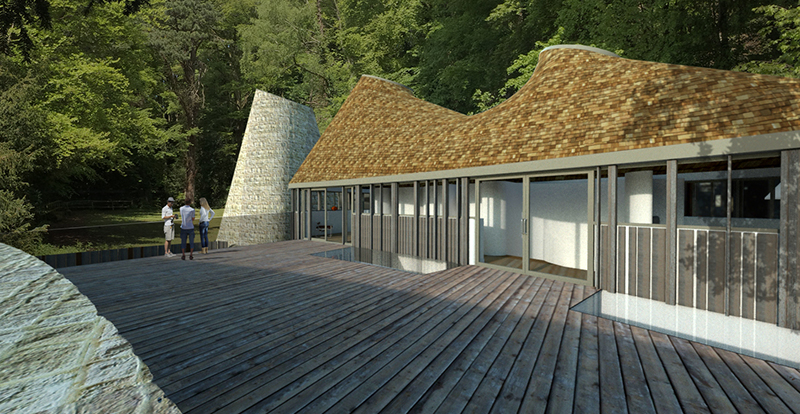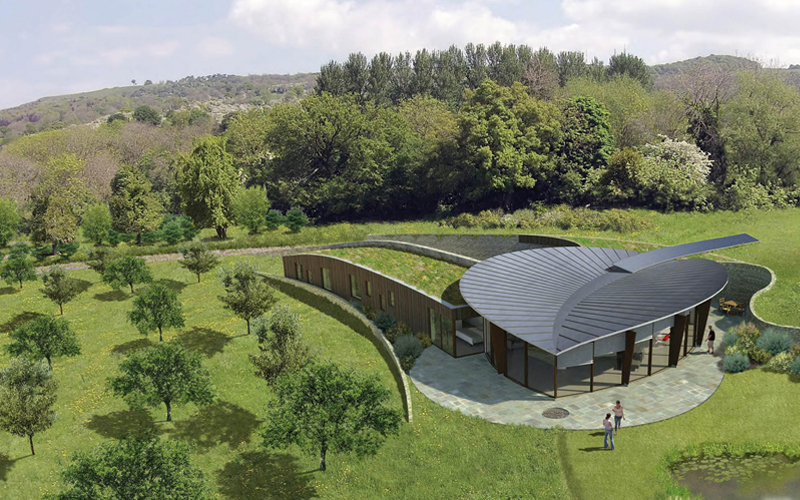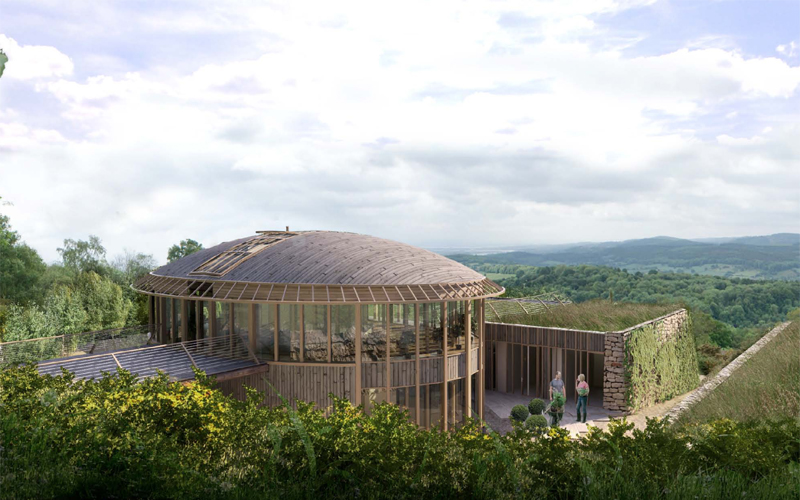the review process
The Panel does not have the resources to review all schemes, so reviews are at the Panel’s discretion. Projects will normally be significant by nature of their scale, their impact, their sensitivity or because they are likely to set a precedent for future proposals. Projects for review can be proposed by the developer, the planning authority or members of the public. Occasionally, the Panel itself may invite a scheme for review.



WHY is there a need for a Design Panel?
The National Planning Policy Framework places high quality design within its core principles; it suggests a local review panel as one way of helping to secure quality.
A review can take place at any time in the design process, but to gain the maximum benefit, it is recommended that the proposal should come before the Panel at an advanced pre-application stage, whilst the designs are sufficiently well-developed to give focus for comment, but not so well developed that it’s too late for alterations. This helps resolve design issues before the application is submitted, saving both the applicant and the Local Authority time and expense.
As a guide, each review will last around 1 – 1.5 hours and will follow the format below
• 20 minutes presentation by the client
• 20 minutes discussion with all involved
• 10 minutes for the panel to discuss the scheme in private
• 10 minutes feedback from the panel
Once the review has been accepted, a panel of five or six multi-disciplinary professionals will be selected, to ensure the appropriate skill set and expertise for the scheme being reviewed. The panel are required to declare any conflicts of interest ahead of the review so that, if necessary, another panel member may be chosen in their place. At least one member of the panel will visit the site before the meeting.
A representative from the local Panning Authority will be invited to join the review and there is a rotating chair who is responsible for signing off and agreeing the Panel’s formal advice following circulation of a draft to Panel members.
The written report will indicate the panel’s support or otherwise for the scheme and will give commentary on its views. It will be sent to the developer, design team, local authority, or anyone that has been involved in the design review meeting.
The cost of the review is £3,500 and the fee must be paid in advance of the meeting.
For more details or to book a review please contact admin@glosdesignpanel.co.uk
When contacting the panel, please give as many details as possible about the scheme, along with any sketches, plans, images that you may have.
Presentation Guidance
Your presentation should be clear, summarised, and manageable and should be sent to the panel 2 weeks prior to the meeting so that members can give considered thought to the project.
The information should include:
- The Purpose of the proposal along with an outline of the design process and principles underlying the architectural design.
- Contextual analysis showing the site in relation to its to surroundings to include height, size, scale, and relationship to adjoining sites. Please include details of any significant masterplans or other area initiatives that affect the proposal including ownerships, conservation areas, existing buildings to be retained and/or demolished, listed buildings and new buildings.
- Plans, sketches, diagrams, 3D models or visuals of the scheme, annotated to explain your proposal.
- Any urban or environmental sustainability implications or initiatives and energy efficiency proposals.
- Movement systems including public transport, pedestrian, cycle, and road networks.
- Visuals of open spaces, panoramas, and views, especially for applications that lie within a conservation area or near a listed building.
HOW will we decide what is well-designed?
The National Planning Policy Framework places high quality design within its core principles: it suggests a local review panel as one way of helping to secure quality.
A well-designed scheme should be;
• fit for its purpose
• respond positively to the site, its history, and its surroundings
• respect the needs of its users, the wider community, and the environment
• visually pleasing, enjoyable to use and engenders local pride
We will expect to see:
• A clear summary of the requirements and aims of the Design Brief
• A clear understanding of the site and its context and history
• A clear representation of the design intent
• A scheme that responds positively to the design issues

